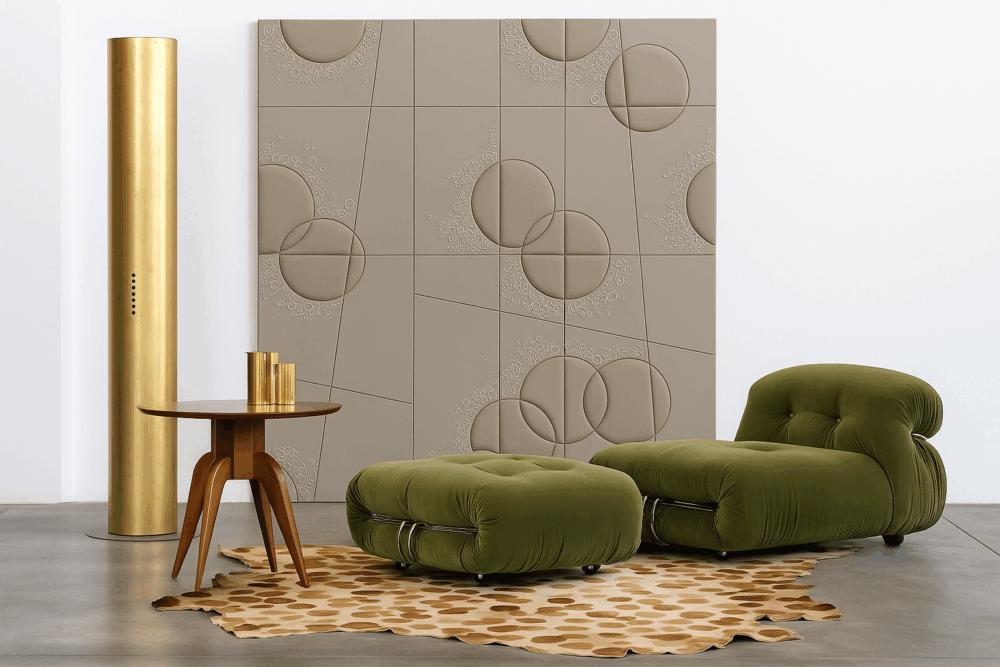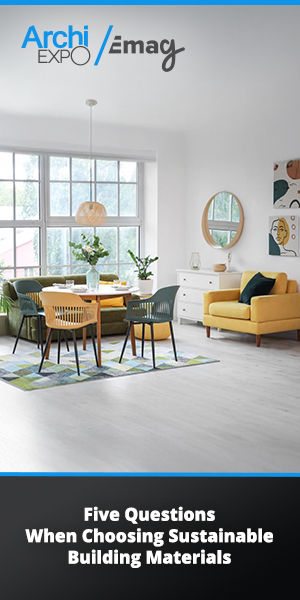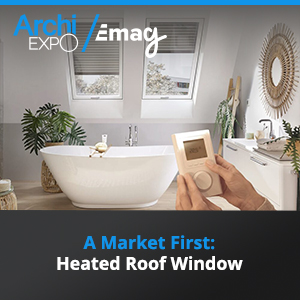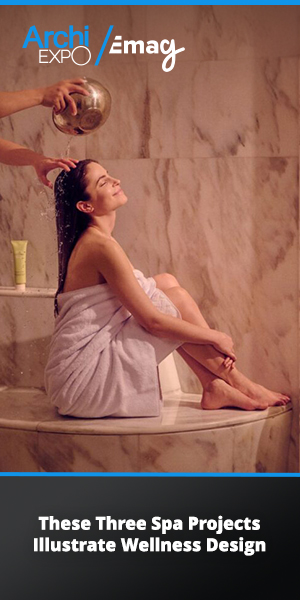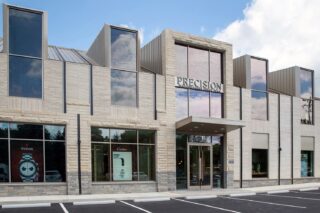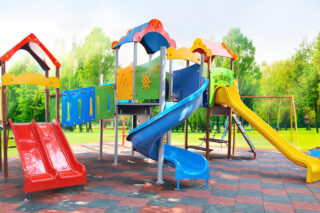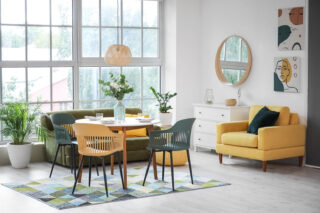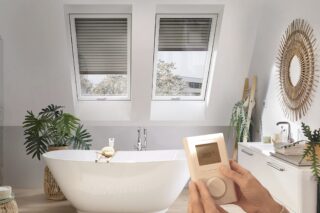Paige Byrd, owner and co-president of Thiel & Team, explains how the emotional core of design is crafting a new kind of luxury in hospitality.
In the fiercely competitive luxury market of today, simply having beautiful spaces and exceptional service is no longer enough. The current customer market requires more than basic services because people specifically look for experiences that create deep emotional connections. The transition represents a critical turning point for architects and designers who work in the field. Luxury design has developed through purposeful design that unites wellness principles with modern technology and personalized experiences to create enduring emotional bonds between users and their surroundings. The current design approach for luxury products involves making products that establish emotional bonds with their users.
The Wellness Renaissance
Travel has evolved into a deep form of self-care because modern travelers want to experience wellness and longevity and build connections with others. Designers must now create wellness areas that go beyond the conventional boundaries of fitness centers. The solutions require purposeful addition of facilities that promote physical and mental well-being. The market shows increasing interest in biohacking and recovery suites, which include IV therapy lounges and red-light beds, and cold plunges that can integrate into current building designs. The Ammortal chamber is becoming a coveted amenity among owners valuing recovery for residents and members. Colonial Country Club invested major space in a renovation to create facilities that help members train and recover. The selection of materials functions as a critical element because toxin-free finishes and temperature-adaptive flooring create an environment that actively supports well-being, which proves that design serves as a powerful tool for health promotion.
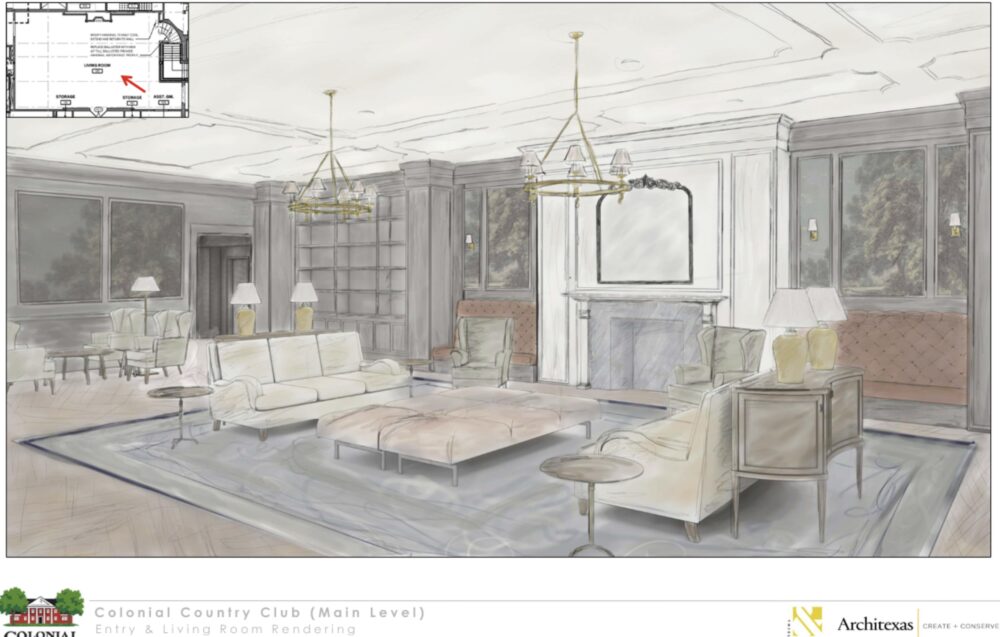
Condé Nast Traveler reports that “travel has become our fountain of youth,” as travelers seek wellbeing, longevity, and community in equal parts. According to Booking.com research findings 67% of tourists choose wellness activities because they want to integrate these practices into their daily routines to enhance their life balance. More than half (58%) agreed that they would pay for a vacation whose sole purpose was to extend their lifespan and well-being. The hospitality industry is responding to this demand in many ways. The most forward-thinking hotels and clubs are already prioritizing locally sourced, organic, artificial additive-free, and fully traceable ingredients in everything from the soaps to the “grab and go” food options. The bar industry now offers adaptogenic cocktails without alcohol, by using functional herbs and botanicals to create drinks that help people recover instead of losing their health.
The design process should start with this method, which includes using non-toxic materials and finishes to create better indoor air quality. Hospitality designers should use natural materials and organic color schemes and soft lighting, and herbal scents, and acoustic design in public spaces to create sensory depth which promotes feelings of wellbeing.
The New “Velvet Rope” Aesthetic
The modern world gives everyone access to luxury, but high-end products achieve their distinction through exclusive features. High touch and key focal areas know no bounds as spaces are designed three-dimensionally, ensuring each building plane is an opportunity for storytelling and branding opportunities. Customized Studioart panels as wall treatments, along with attention to flooring, either in custom tile mosaics or custom rugs from Art of Floors, make way for customized design as well as strategic wayfinding that also establishes a strong sense of place. The main goal at present centers on creating an environment that receives visitors but maintains the exclusive nature of VIP status. The hotel achieves this objective through particular design elements that establish an emotional path for its guests. Designers implement architectural details and strategic lighting, and unobtrusive signage to build speakeasy-inspired areas that offer private, exclusive experiences.
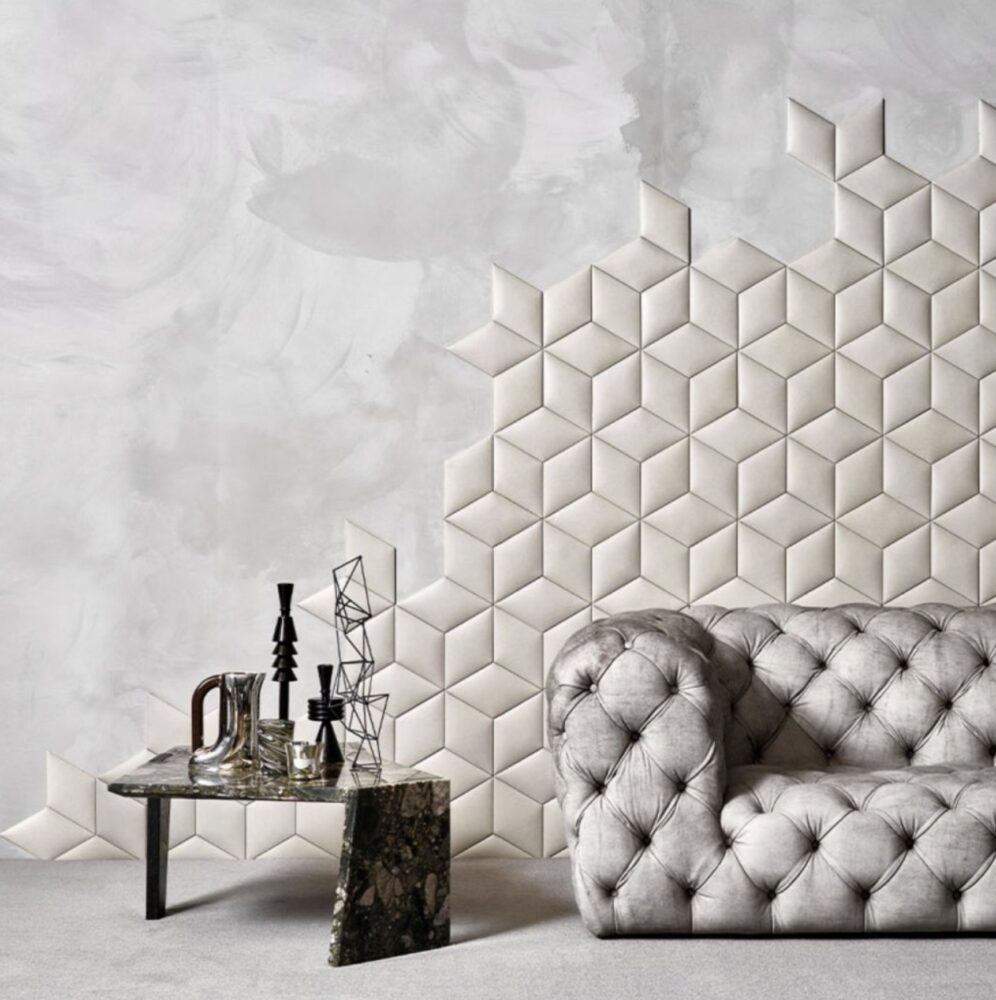
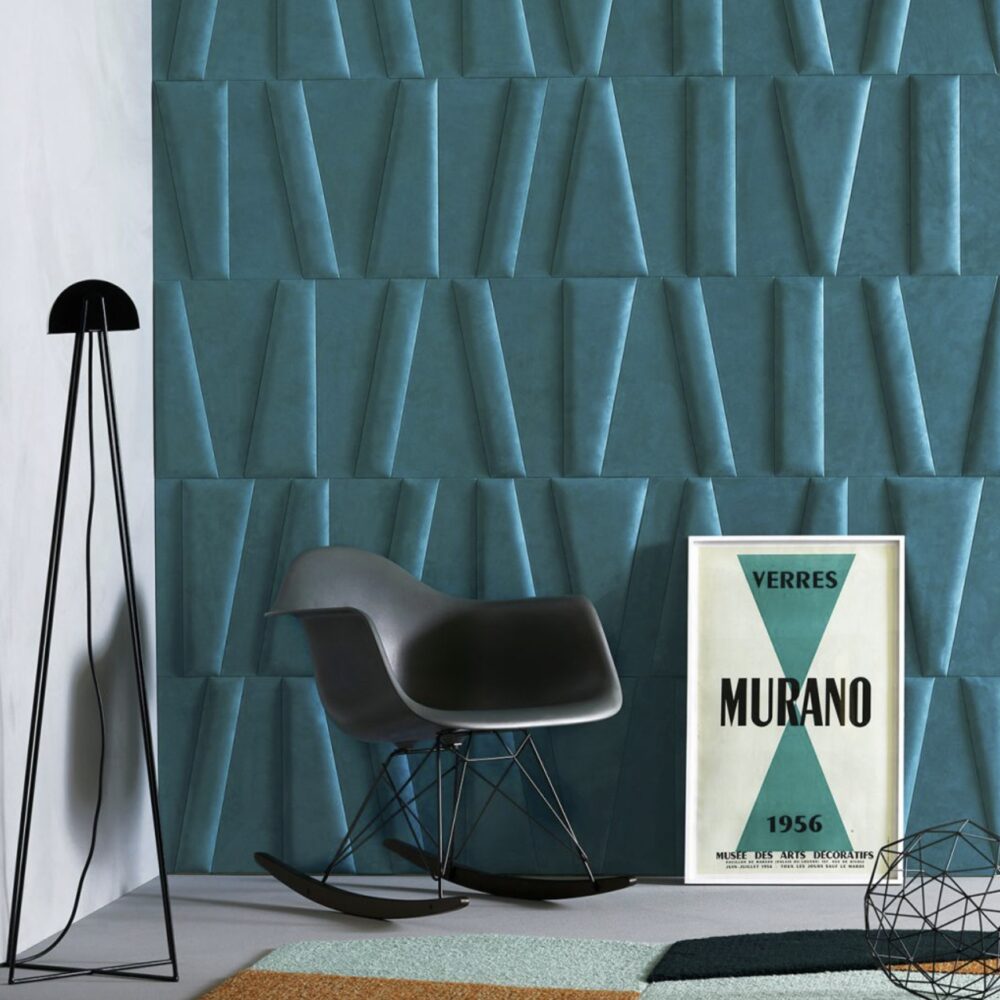
The Baker Hotel & Spa serves as a prime example through its 13th-floor speakeasy that offers personalized liquor cabinets to premium members while maintaining an exclusive invitation-only policy. The hotel’s extensive historical background, together with its famous visitors, serves as a foundation for narrative elements that run throughout the building’s design and decorative elements. The design language reaches its final form through the combination of premium materials and particular floor choices, which create a finished appearance instead of a basic one.
Designing with Data: AI Personalization
Guests now demand brands to understand their preferences and make predictions about their requirements. The conversion of unprocessed data into a specific design path presents an interesting challenge to designers. The solution requires advanced technological implementation to achieve it. Hotels and clubs will likely use AI-driven personalization systems to track guest profiles and offer concierge services, which enable them to deliver individualized experiences to their guests in the present emerging era. The technology will evolve to enable direct space design input for physical environments during the upcoming years. A space exists where automated systems adjust lighting and temperature and spatial arrangements based on guest preferences which were previously recorded. The method produces the most advanced form of anticipatory design because it builds deep guest loyalty through its ability to understand and value each person individually.
A Human-Centered Approach
Luxury design will focus on developing sensory experiences that will surpass traditional visual design elements in the upcoming years. The most successful projects will succeed through their focus on emotional aspects and wellness and individualized approaches. Professionals can develop a more impactful and satisfying human experience through purposeful design implementation and data utilization, and material selection that creates emotional connections. Every project represents an opportunity to establish authentic, enduring relationships, according to my advice.
Wellness and Recovery: Ammortal
Interior wall panel: Inspirations | Studioart
Favorite custom furniture artisans: Holdfast Furniture
Favorite custom rugs: Art of Floors | Custom Rugs. Simplified.
